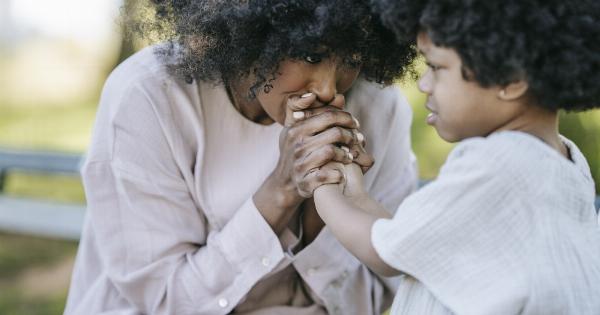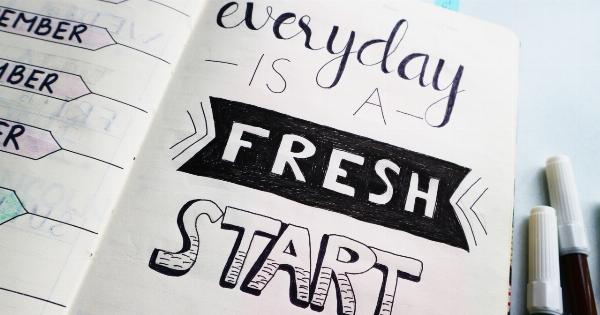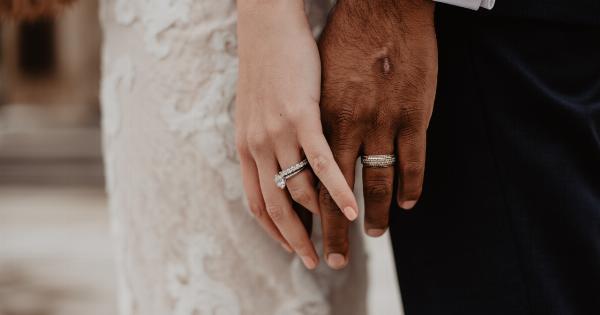From the dawn of civilization, human societies have imposed various taboos around sexuality. These taboos, often influenced by cultural norms, have restricted discussions and practices related to sexual orientation, preferences, and desires.
In this article, we delve into the realm of taboos surrounding sexuality and attempt to answer six provocative questions that shed light on the societal impact of these beliefs.
Question 1: What fuels the existence of taboos surrounding sexuality?
Taboos surrounding sexuality are primarily fueled by societal values, beliefs, and cultural norms.
Our ancestors’ efforts to control and maintain order within communities led to the establishment of strict rules and codes of conduct when it comes to sex. Additionally, religious and moral frameworks have played a significant role in shaping these taboos, as they often seek to regulate sexual behavior based on their specific doctrines.
Question 2: How do taboos affect individuals and their sexual preferences?
Taboos can have a profound impact on individuals and their sexual preferences. Society’s disapproval and stigmatization of certain sexual orientations or preferences can lead individuals to suppress or deny their true selves.
This suppression could result in feelings of shame, guilt, and even internalized homophobia or other forms of self-judgment. Consequently, individuals may struggle to embrace and express their authentic sexual identities.
Question 3: Are there cultural differences in the taboos surrounding sexuality?
Indeed, cultural diversity plays a crucial role in shaping the taboos surrounding sexuality. Different cultures have varying beliefs, values, and moral frameworks that influence their views on sexual practices.
For example, BDSM (Bondage, Discipline, Dominance, Submission, Sadism, and Masochism) may be considered taboo in certain cultures, while in others, it may be accepted as a valid form of sexual expression and exploration.
Question 4: How do taboos impact the LGBTQ+ community?
The LGBTQ+ community is often significantly affected by societal taboos surrounding sexuality.
Many parts of the world still struggle to accept non-heterosexual orientations, forcing LGBTQ+ individuals to hide their identities, face discrimination, or even fear for their safety. Such taboos can lead to a lack of visibility and support for the community, limiting their access to equal rights and opportunities.
Question 5: What is the relationship between polyamory and taboos?
Polyamory, the practice of having multiple consensual romantic or sexual partners, remains widely stigmatized due to existing taboos.
Society often perceives monogamy as the only acceptable relationship format, undermining the validity and ethical nature of polyamorous relationships. This societal bias can lead to prejudice, judgment, and even legal challenges for individuals practicing or desiring polyamorous relationships.
Question 6: How can we challenge and redefine societal taboos?
Challenging and redefining societal taboos requires education, compassion, and open dialogue.
By fostering conversations about sexuality, encouraging acceptance, and dismantling prejudices, we can gradually breakdown taboos surrounding sexual orientation, preferences, and practices. Creating inclusive spaces and support systems that celebrate diversity can pave the way for a more accepting and understanding society.
Taboos surrounding sexuality have influenced human societies for centuries. However, as we progress towards a more inclusive and diverse future, it is essential to critically examine and question the underlying beliefs that perpetuate these taboos.
By doing so, we can create a society that celebrates sexual freedom, diversity, and respectful exploration.

























